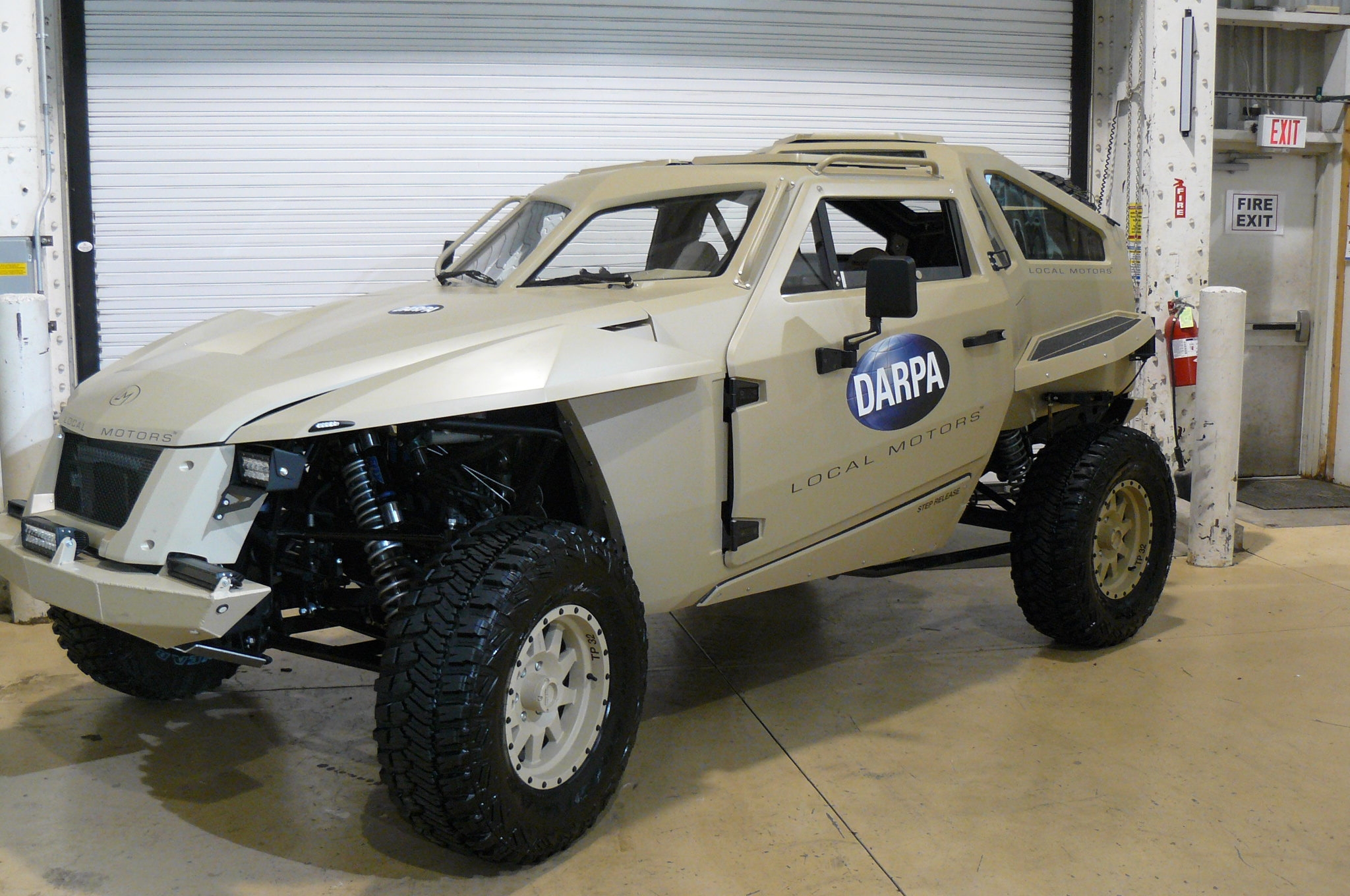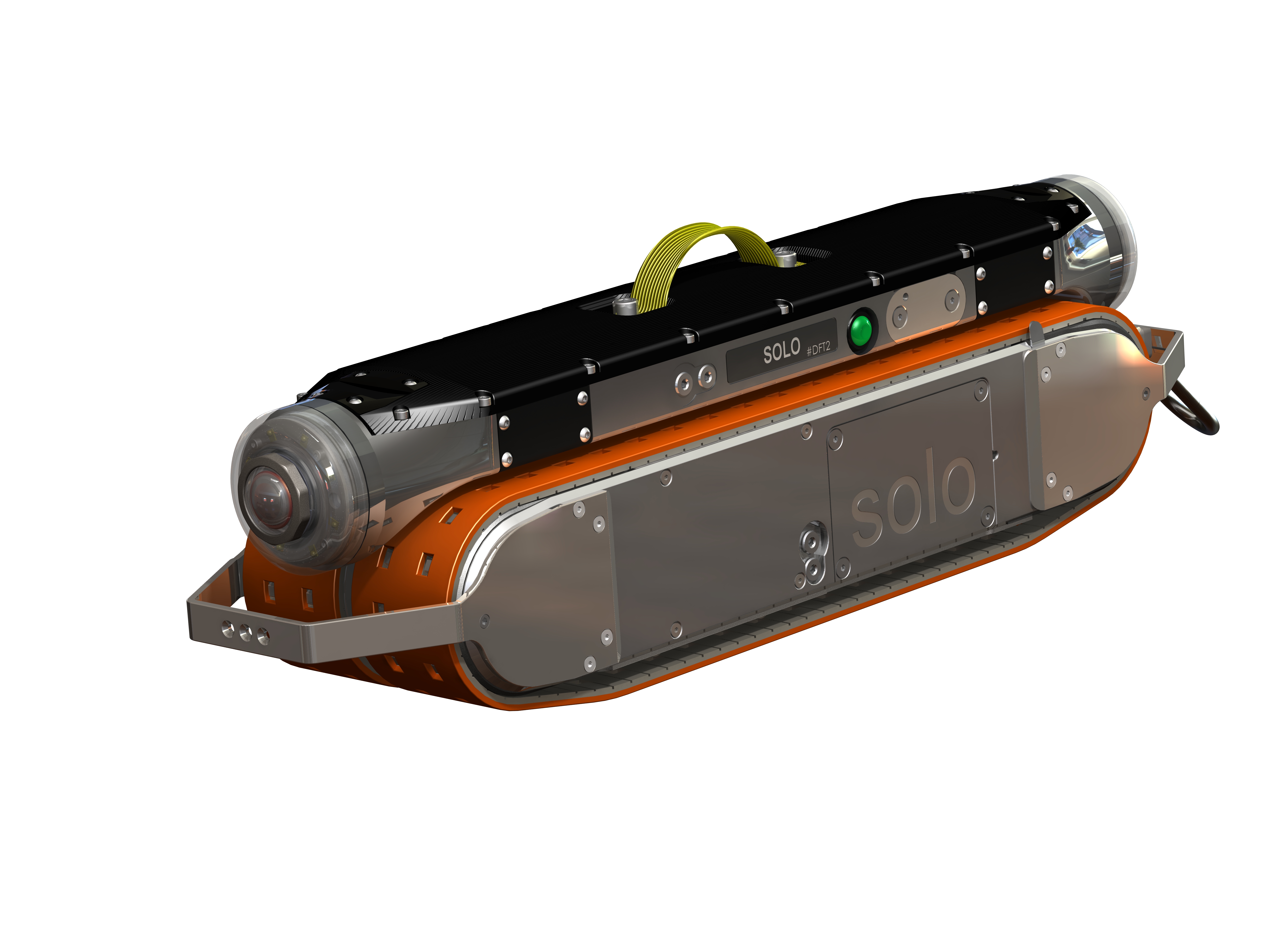
Imagine seeing this in your rear-view mirror!
The look of that vehicle isn't the only cool thing about it: it's also the product of a new approach to manufacturing, which has the potential to reduce the overall process by a factor a five. Rather than the usual contracting model that takes several years, the Defense Advanced Research Projects Agency (known as "DARPA") asked a small company in Arizona, Local Motors, to fulfill the challenge in a little over four months. With only four weeks for planning, Local Motors democratized the process by receiving 162 high quality designs from hundreds of entrepeneurs and spent fourteen weeks building the car. The efficiency of the DARPA challenge reveals the potential impact of crowd-sourcing and small businesses on advanced manufacturing at the Department of Defense.
The vehicle illustrates the reason President Obama is heading to Pittsburgh's Carnegie Mellon University to kick-off the Advanced Manufacturing Partnership (AMP), a national collaboration between the government, industries, and universities to invest in cutting-edge technologies. WhiteHouse.gov will have live video of the President's remarks at 11:00 AM EDT.
The AMP is geared towards helping U.S. manufacturers reduce costs and speed ideas from the drawing board to the manufacturing floor, creating high quality jobs and increasing U.S. global competitiveness in manufacturing.
At Carnegie Mellon, the President will tour various next-generation technology projects that accelerate the manufacturing process and support the creation of good jobs. These cutting-edge products highlight the potential of advanced manufacturing in critical national security industries, the development of materials for small businesses, and innovative technology.
RedZone Robotics CEO Eric Close will show the President autonomous robotic cameras that are increasing the time and cost efficiency of sewer inspection and creating new operator jobs in wastewater management. The wastewater management industry is of crucial environmental importance, projected by the Environment Protection Agency to cost an extra $150 billion in the next two decades if new operations practices are not adopted.
The President will also view new P&G modeling and simulation software with P&G Chief Technology Officer Bruce Brown. While highly valuable digital design tools are usually unavailable to smaller firms, P&G plans to release the simulation software at no cost to American small and mid-sized manufacturers, so innovative companies across the nation can compete globally.



